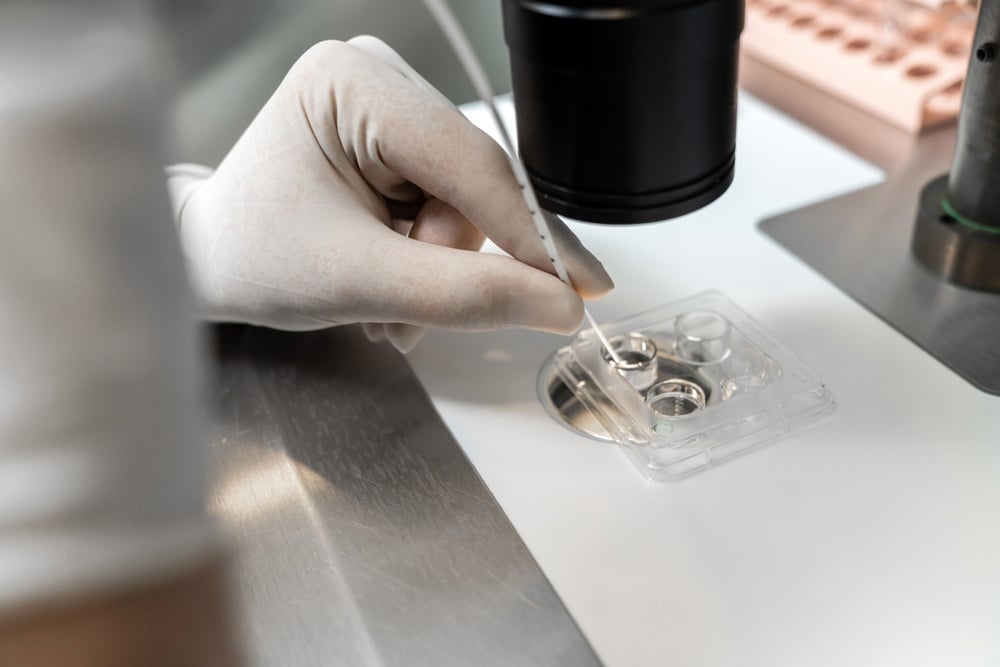
While William Shakespeare was not involved in writing the CPT coding rules, they can sometimes be just as hard to understand, if not harder, than the famous poet’s work. I am not going to write you a poem about removing skin lesions or performing skin biopsies, because that would just be weird, but I am going to break down the differences between the two services, to help you and/or your providers with proper code selection.
When a skin lesion is removed, it may get sent to pathology, whether it is believed to be benign or malignant, so that constitutes reporting a biopsy procedure code, right? Nope. Instead of focusing on the fact that the tissue sample is going to be sent for pathologic examination and/or confirmation to drive your code selection, the intent of the procedure itself is the actual determining factor.
Let’s first look at lesion removal(s), specifically via shave method, CPT codes 11300-11313. Per CPT, shaving is the sharp removal by transverse incision or horizontal slicing to remove epidermal and dermal lesions without a full thickness dermal excision. The lesion removal does not need to be complete and depends on location and depth within the skin. When reporting a shave removal, the intent is based upon therapeutic relief, not diagnostic evaluation. For example, a patient presents with a benign-appearing nevus that rubs on waistband causing discomfort. The decision was made to remove the lesion via shave technique and although the specimen may be sent to pathology for review, the intent of the procedure was therapeutic, therefore, a code from 11300-11313 should be reported.
Contrary to the therapeutic intent behind a shave removal, tangential skin biopsies (e.g., shave, scoop, saucerize, curette), CPT codes 11102/11103, are performed solely for histopathologic evaluation. While tangential biopsies typically remove a sample of tissue, an entire lesion could be removed and still be considered a biopsy. There are additional CPT codes for skin biopsies dependent upon the method of removal, e.g., punch or incisional biopsy, but the intent behind performing the procedure remains diagnostic in nature. For example, a patient presents with a suspicious appearing mole, which has increased in size over the past 6-months. The decision was made to perform a tangential biopsy to rule-out malignancy. Because the intent of the procedure was diagnostic, CPT 11102 should be reported.
At the end of the day, documentation is key in supporting the services rendered to ensure proper code selection. While we don’t expect a beautifully written, thought provoking, sonnet (although bonus points to those who want to go that route, it sure would make auditing more entertaining!), ensuring therapeutic or diagnostic intent is clearly identified will suffice.
The Rybar Group can help you breakdown coding nuances, like these, to ensure that your practice is submitting correct claims. Let our expertise be your gain!